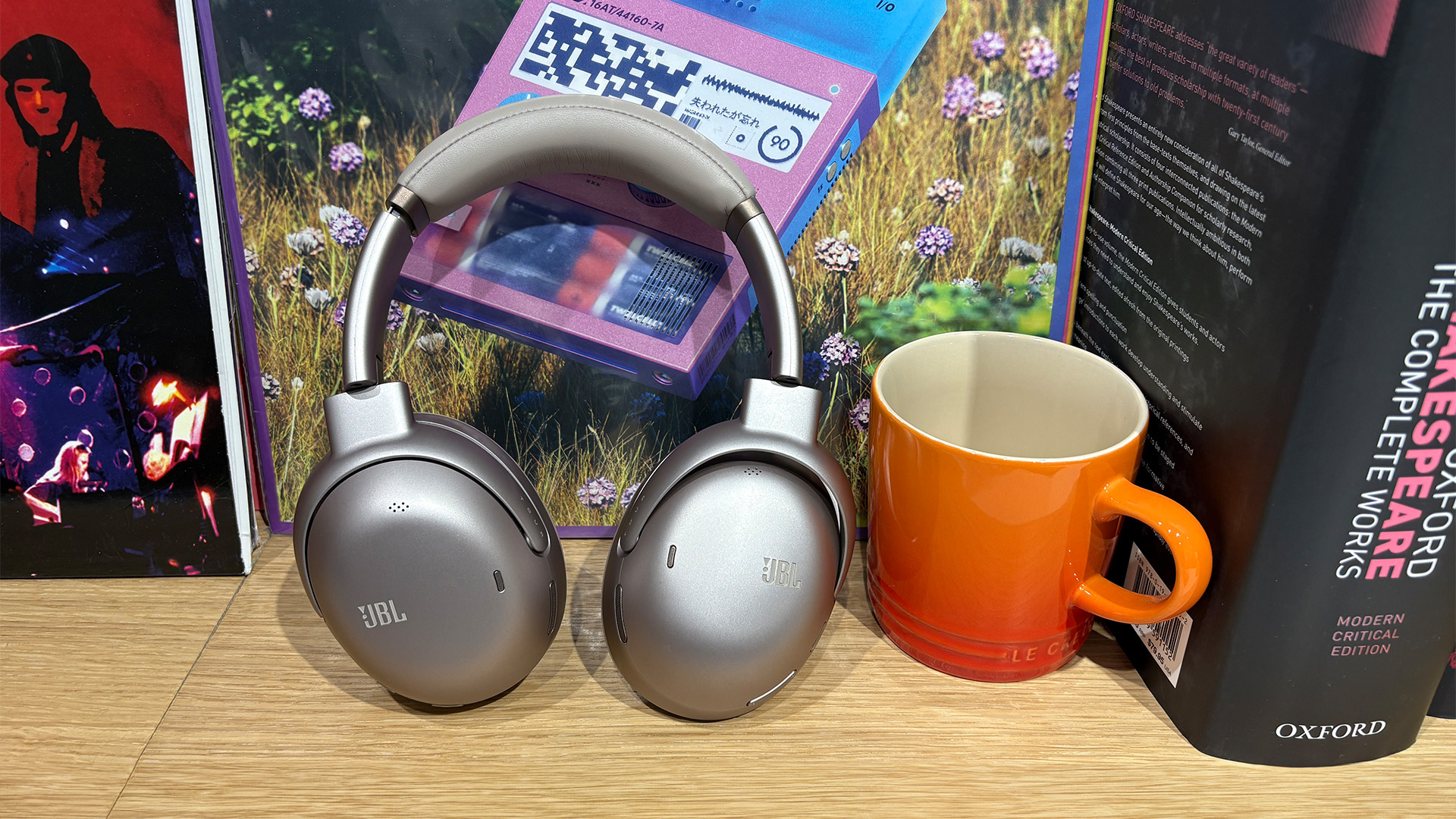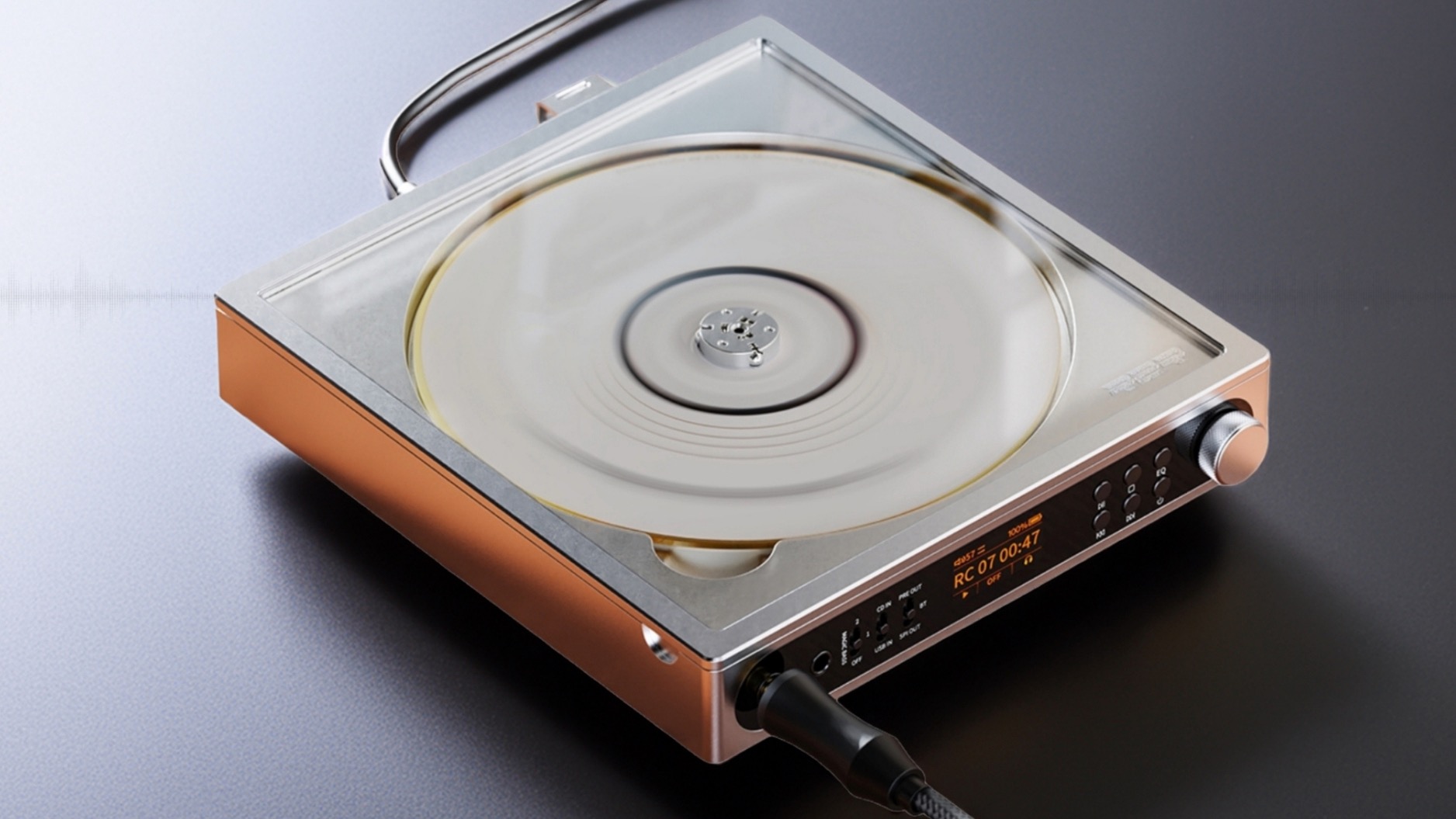What Hi-Fi? Verdict
The Tour One M3 have plenty of crowd-pleasing abilities, but they have entered a wildly competitive and fiercely talented field with more luxurious and more capable rivals
Pros
- +
Full-bodied, punchy sound
- +
Friendly, smooth presentation
- +
Comfortable, foldable design
- +
USB wired lossless audio
Cons
- -
Build quality doesn’t feel very premium
- -
Rivals offer more effective ANC and better sound quality at this level
- -
Some features could be slicker in operation
Why you can trust What Hi-Fi?
JBL’s Tour One M3 flagship over-ear wireless headphones enter an incredibly crowded and talented market. Premium models from headphone giants and hi-fi brands alike – Sony, Bose, Bowers & Wilkins, Dali and Apple – all have five-star efforts in this closely-fought field, so expectations are high.
Can JBL’s premium headphones win us over?
Price
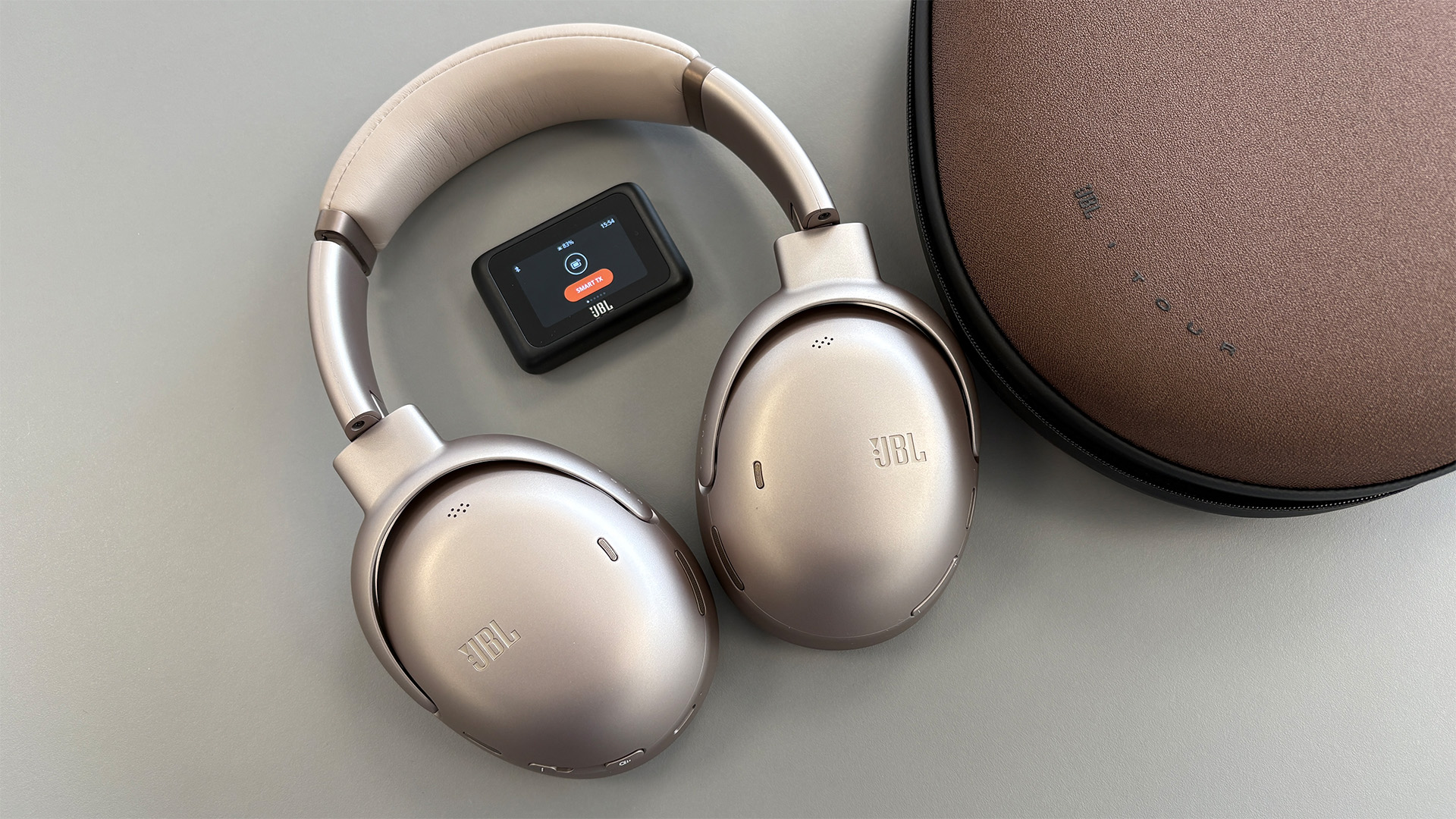
The JBL Tour One M3 come in two variants: the headphones on their own (which you can still buy in the UK for £330), or the more widely available version with the Smart Tx transmitter that we’re testing here, which costs £380 / $450 / AU$549.
We’re in decidedly premium territory here, with five-star rivals the Bowers & Wilkins Px7 S3, Sony WF-1000XM6 and Bose QuietComfort Ultra Headphones all costing similar money at around the £399 / $450 / AU$699 mark.
What is the Smart Tx transmitter? It is a small device that mimics the touchscreen display we’ve seen in JBL’s wireless earbuds’ charging cases – such as the Tour Pro 3 and Live Beam 3 – that gives you quick access to plenty of features found in the app.
More importantly, it houses the Auracast and Bluetooth transmitter technologies, so you can connect it to various sources (such as your laptop, in-flight entertainment systems or older analogue products) and still enjoy your headphones wirelessly.
Build & comfort
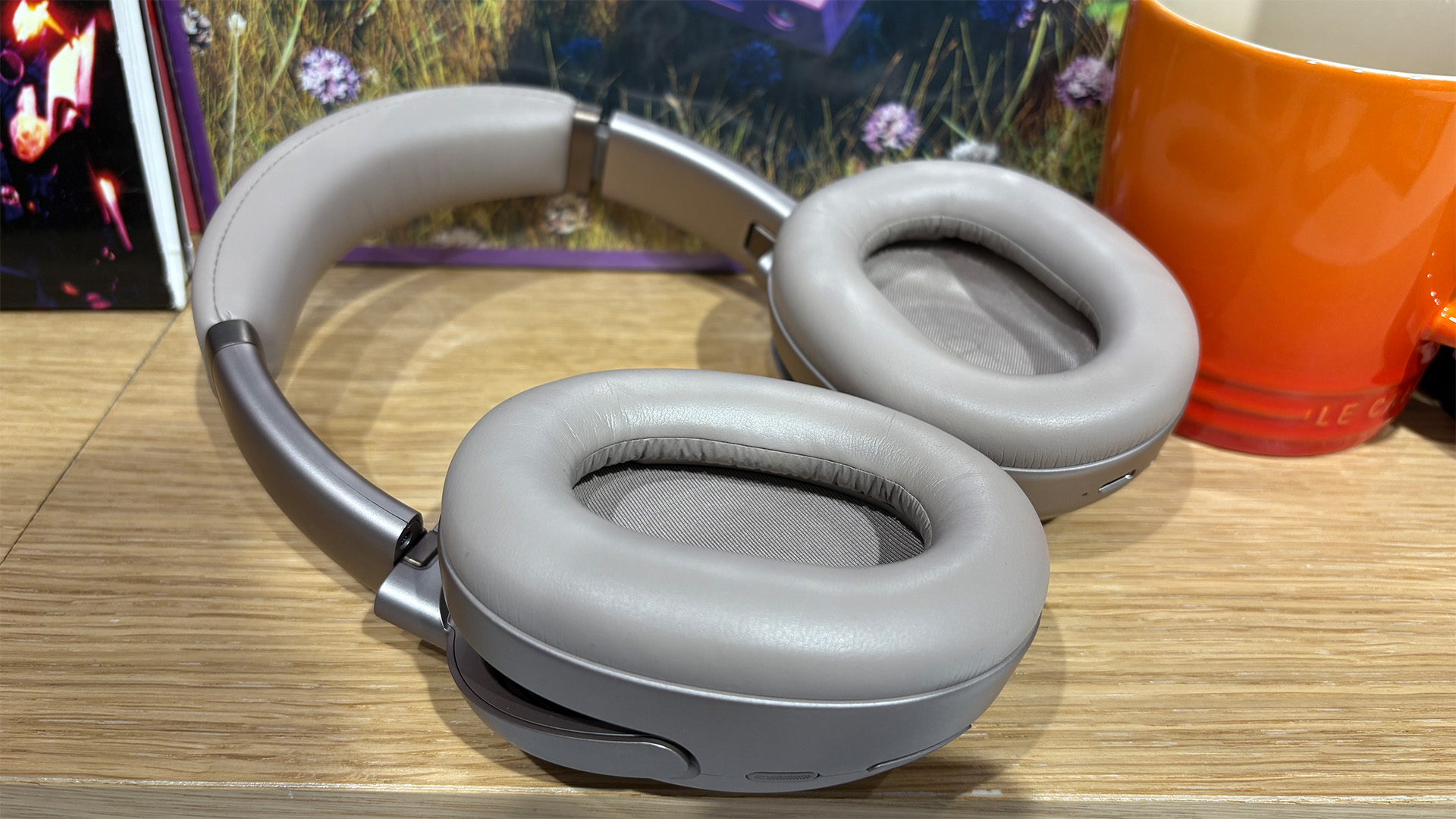
Our expectations of build quality and luxurious feel are understandably high when faced with headphones costing north of £300 / $300. The JBLs don’t quite look or feel like expensive cans.
The latest hi-fi, home cinema and tech news, reviews, buying advice and deals, direct to your inbox.
There’s a lot of plastic used in the build, and it’s a cheaper-feeling material than the more seamless and higher-quality build of the Sony WH-1000XM6; the B&W Px7 S3 use far more premium materials and feel more luxe, too. We find there are audible creaks when twisting the JBL headphones in our hands.
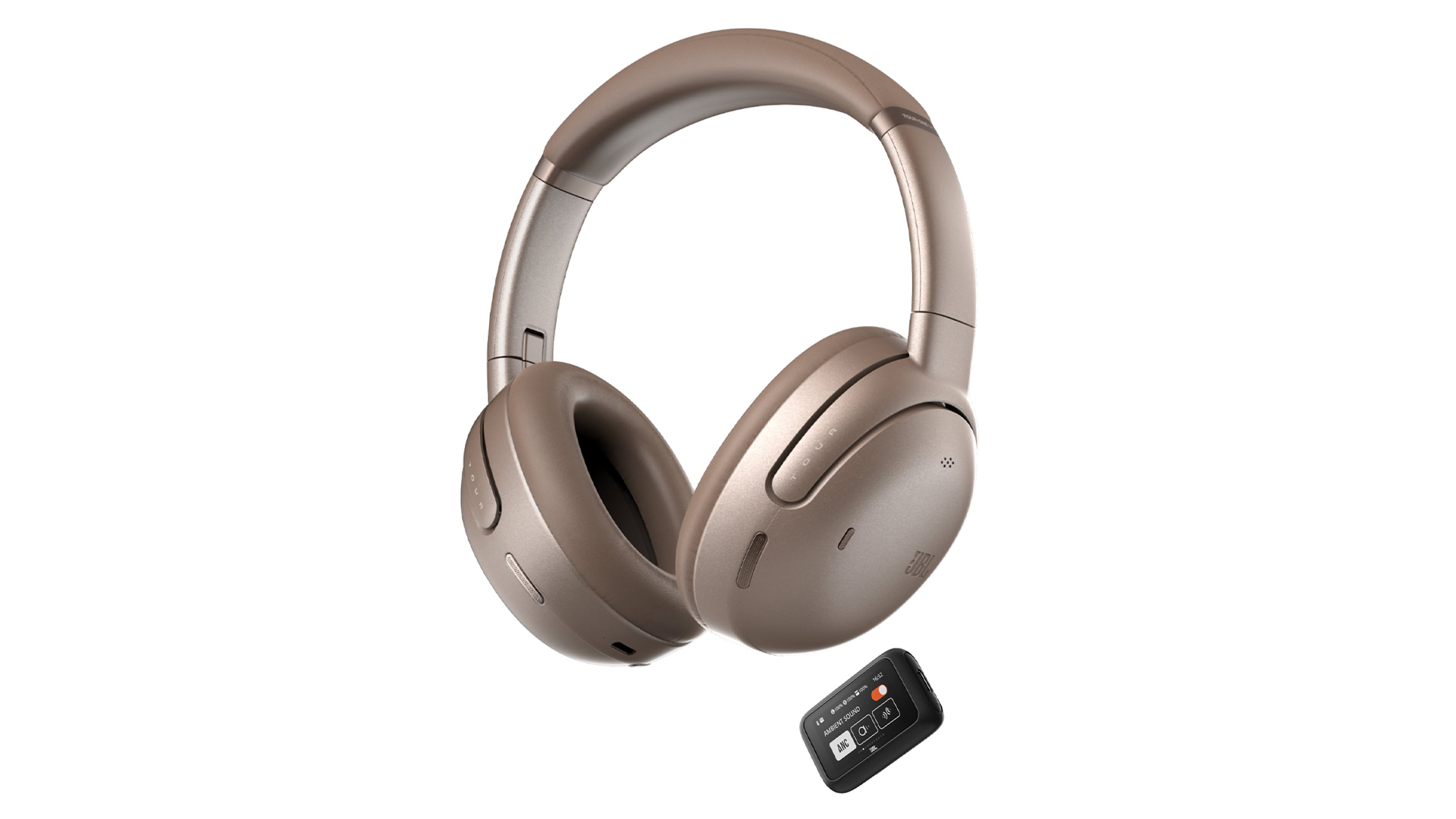
Bluetooth 5.3 (SBC, AAC, LDAC, LC3, Auracast)
Noise-cancelling? Yes
Transparency Mode? Yes
Battery life 40 hrs (with ANC); 70 hrs (without ANC)
Charging USB-C
Wired audio? Yes, USB-C and 3.5mm cables provided
Finishes x 3 (Black, Blue, Mocha)
Weight 278g
The padding around the headband and earcups is soft and plush, although the material itself around the headband feels very thin and crinkles too easily for our liking. We’re nervous it might tear easily.
However, after three weeks of the JBL being carried in our bag (with keys, cables and other detritus) and testing the material repeatedly with sharp fingernails – we’re happy to say it holds up well and we’ve seen no damage.
The lighter-feeling materials work in the JBL’s favour when it comes to actual wearing: these are comfortable and lightweight on our heads, and are great for portable use. They fold up like a ball, the ear cups have a slimmer profile that many on our review team appreciate, and they also feel comfortable slung around our necks or on our heads for long listening periods.
While they’re a tad heavier on paper (about 20g difference), we find them to be on par with the Sony XM6 in terms of weight impression in our hands (and on our heads). There is no undue hard pressure on our heads; the clamping force is nicely distributed and snug enough to feel secure when walking; and they have enough flex in the headband to fit various head sizes of our review team.
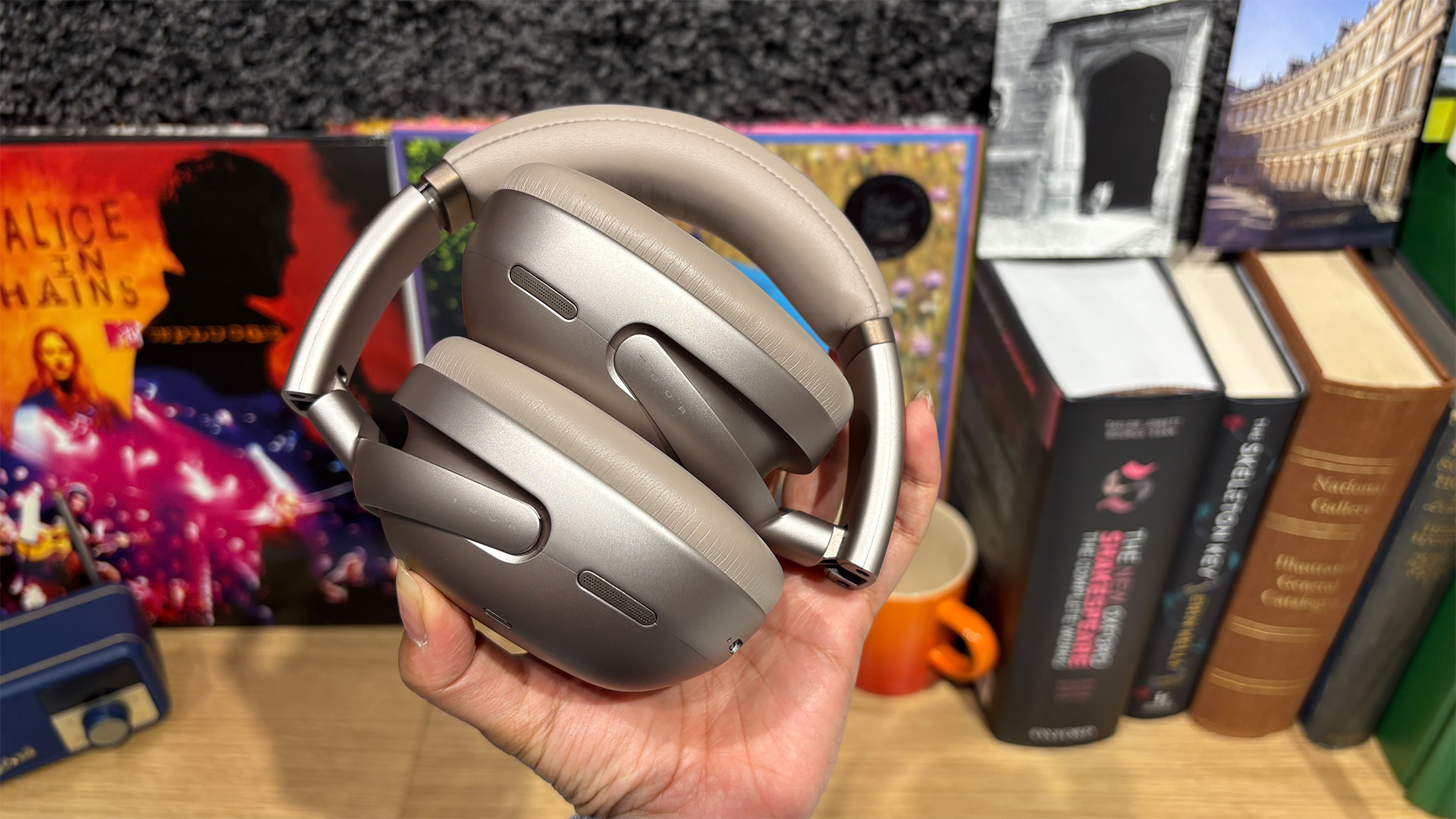
We do find that the ear padding material on the JBLs can heat our ears after a brisk walk, but so did the B&W Px7 S3. The Sony XM6s have sturdier, more breathable earpads, but overall, these JBLs are very easy to get along with.
During our three weeks of testing, we found the JBL Tour One M3 to be a very liveable pair of headphones. Despite the underwhelming perceived value, they have a very practical and easy-to-wear design.
On the controls side, JBL has opted for a mix of physical buttons and touch controls that work well in daily use. You get physical buttons for the all-important volume adjustment, ANC modes and a power switch/pairing slider. The touch controls are for music playback, call options, and summoning voice assistants.
The touch controls are housed in the right earcup and are fixed presets; it’s a bit of a shame you can’t customise them much, apart from turning touch controls off entirely.
The touch controls are easy to use, but we find they are rather sensitive and can be easily triggered by our hand brushing against the surface. The physical buttons work well in comparison; we like the certainty of the up/down volume buttons – which some might prefer over having to tap or swipe using touch controls – and the on/off switch reassures us that the headphones are fully turned off.
It’s a neater solution than, say, Apple’s AirPods Max, which have no power-off button at all.
Features
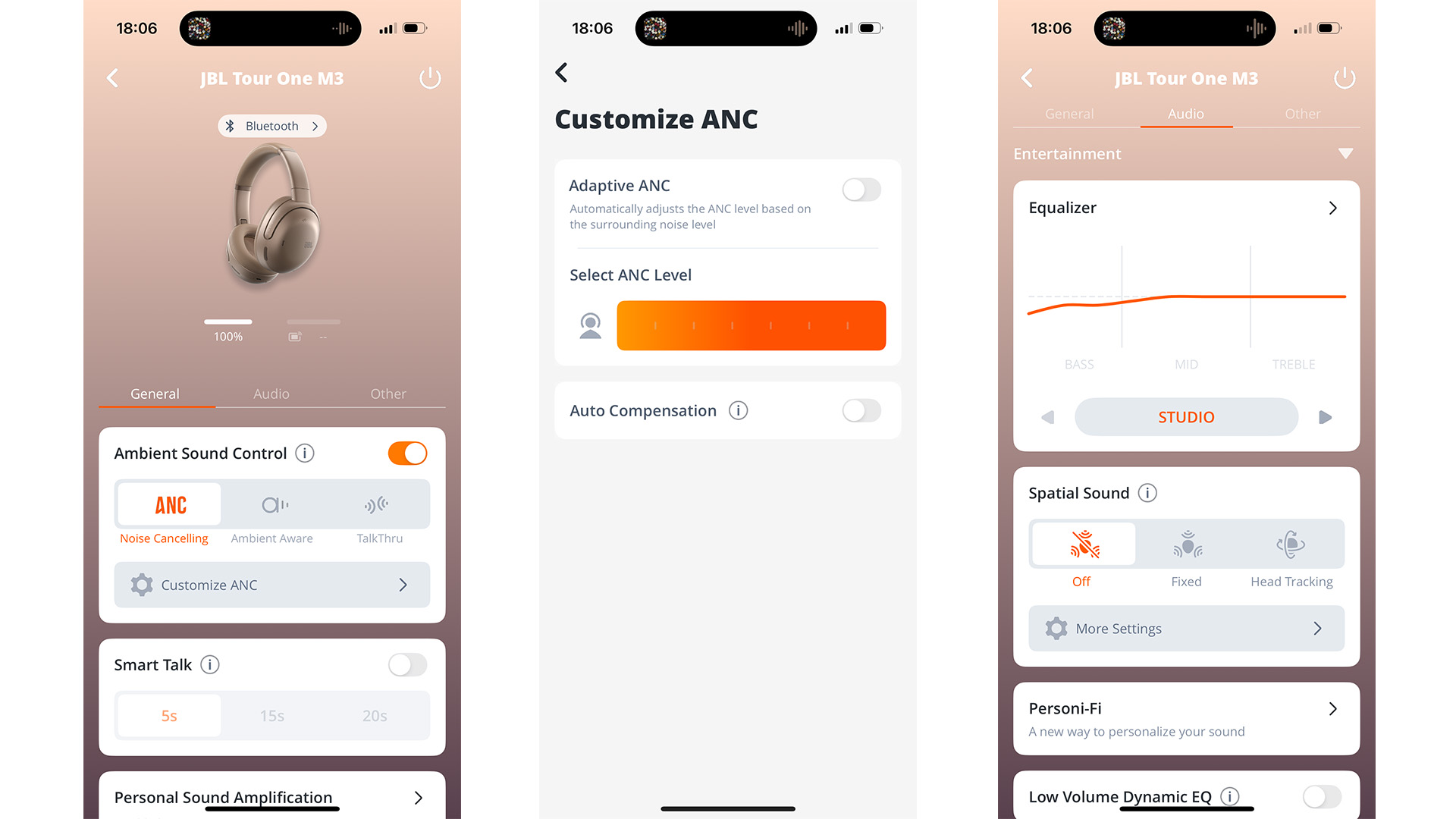
Don’t worry if you forget to push the slider to the power-off position, though, as the JBL Tour One M3 won’t drain the battery on their own. Not only can you select a timer for the headphones to automatically turn off when they haven’t been used for 30 minutes (or an hour or two), but the battery life on offer here is generous, so you won’t be cut short.
The JBLs boast an ample 40 hours of battery life when listening with ANC turned on, extending to a whopping 70 hours with ANC turned off. This beats the usual 24-30 hours total battery life stated by their rivals, and we never felt we were anywhere close to running low on juice when testing the JBLs over weeks.
The headphones have a swathe of features we’d expect at this price level: LDAC hi-res codec support alongside the standard AAC and SBC codecs; a ‘smart talk’ feature that pauses music when it detects you are speaking; and JBL’s take on spatial audio in fixed and dynamic modes.
There is scope to customise the sound using six EQ presets (we like Studio) or a 10-band equaliser and save your own settings in the app. JBL’s own deeper Personi-Fi sound tailoring is also available.
There are audio-prioritising and video modes – the latter of which minimises any sync delays with videos and games – as well as settings to further amplify sounds around you and a volume limiter to protect your hearing.
The useful Auto Play & Pause feature is present, which pauses what’s being played when you take the headphones off – although we did find that our podcasts occasionally carried on playing even when the cans were taken off and placed on a desk. It resumes playback when placed back on our heads without a hitch, though.
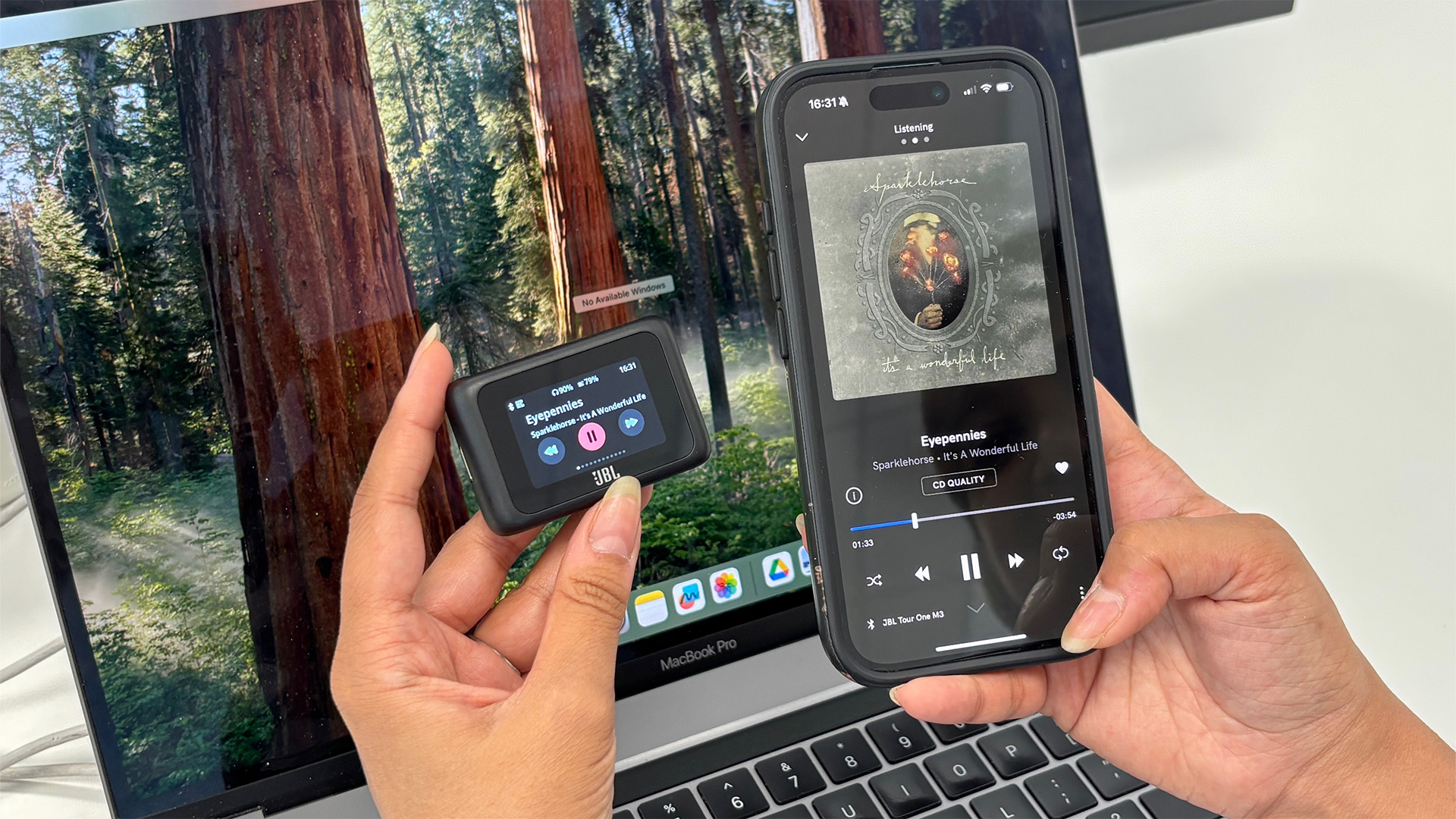
All these features can be toggled on or off depending on your personal preference in the JBL Headphones app, too.
Many premium wireless headphones now offer wired listening, and the JBL follows suit with the M3’s USB-C charging port doubling up for wired lossless audio if you prefer a physical connection to your music. The accessories included are generous: you get both USB-C to USB-C and USB-C to 3.5mm audio cables in the box, as well as a USB-A to USB-C adapter. It means you can plug the headphones into a variety of digital and analogue sources.
We used a wired connection with our Apple iPhone 16’s USB-C port, and the JBL headphones instantly recognised they were in wired (rather than Bluetooth) mode and songs from Tidal and Qobuz instantly sounded more stable, solid and detailed.
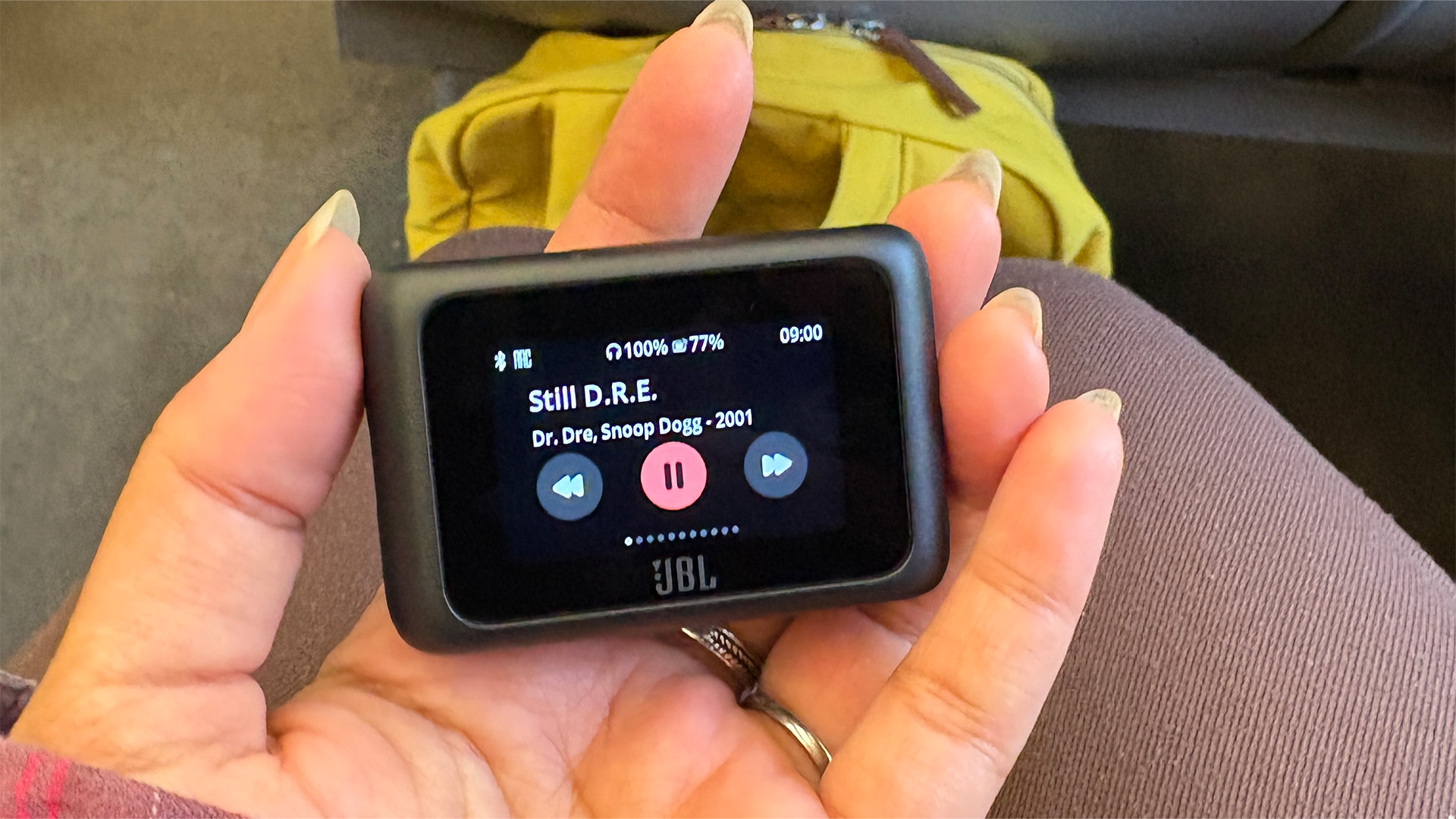
Where the smart display case made perfect sense in wireless earbud designs, where you will always have the charging case with you for storage and battery, the separate Smart Tx transmitter device feels less intuitive to use with over-ears. It is an extra thing to carry and yet another extra device to charge (it holds 18 hours of battery).
Still, it is small and light (only 35g) and can be chucked into your bag or a drawer until you need it. Being able to access certain features like the ANC, spatial audio and EQ modes quickly without opening the app is useful, although we still naturally go for our phone than this unfamiliar little box.
It is most useful if you’ll be using its Bluetooth transmitter and Auracast sharing capabilities often. While we weren’t able to go on a long-haul flight during our testing period, the Smart Tx box when plugged into our MacBook’s USB-C port streamed sound over to the headphones without a hitch.
ANC & call quality
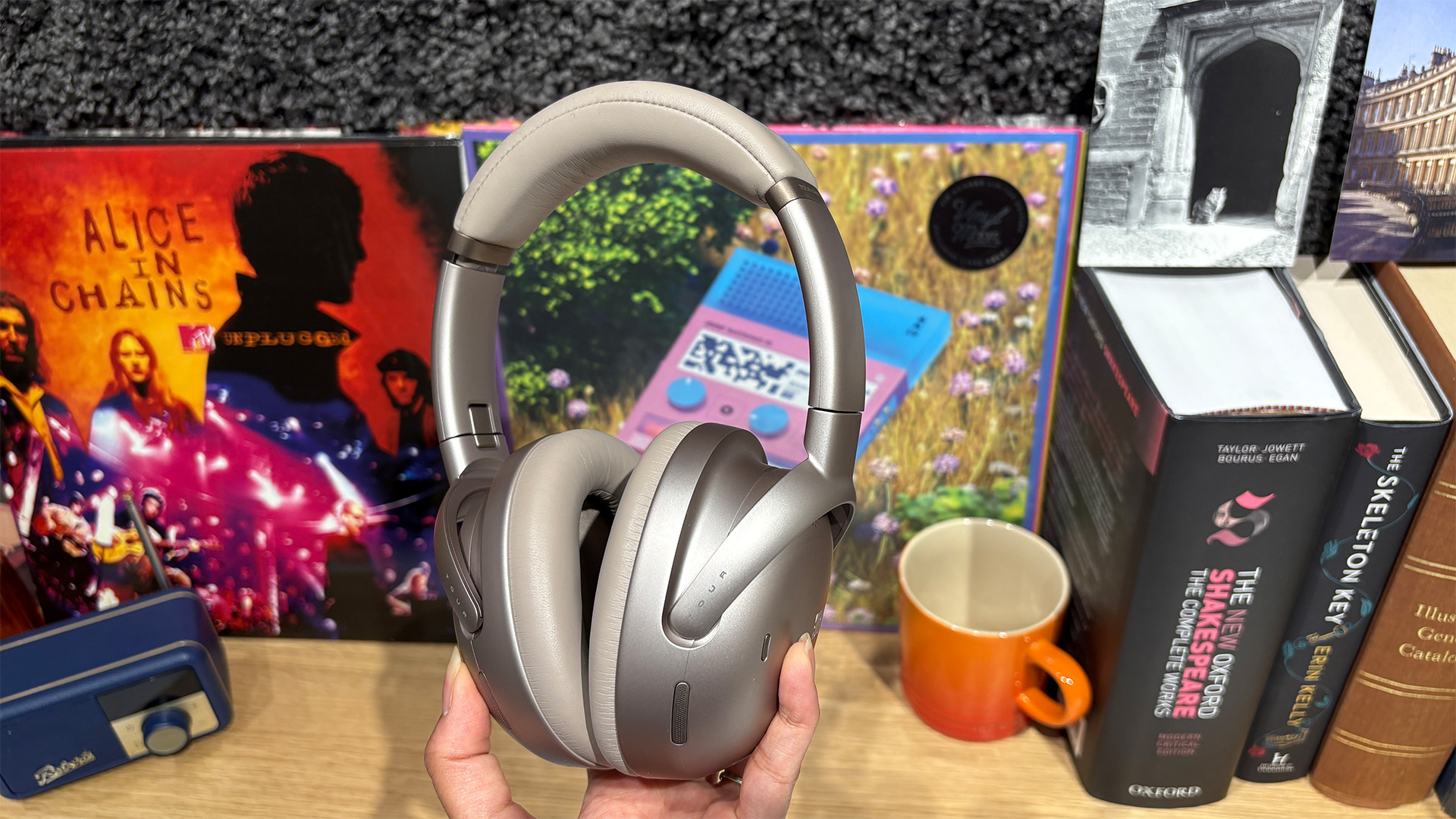
JBL’s noise-cancelling abilities are decent. On full ANC mode, the low rumbles of engines and general chatter and noise around you are dimmed down so you can concentrate on the music. It doesn’t always cope very well with sudden spikes in loud sounds – we heard the full throttle of a passing motorbike – but it does the job.
You can adjust the intensity of the noise-cancelling and the amount of outside noise you let in with sliders for each mode, while there is an adaptive mode that adjusts automatically to your surroundings.
We prefer keeping the ANC on full blast simply because its effect is gentle enough that we are still aware of our environment. The Sony WH-1000XM6 shave off even more in the lower frequencies, making you feel as if you are smoothly gliding on a train, while higher frequency noises like voices melt away more effectively than on the Tour One M3.
Call quality is of a good calibre. Voices are heard clearly, albeit with a slight hard, mechanical edge to both voices at either end. Environmental noises like wind and passing cars are fairly quiet and don't impede our ability to hear our voices when outdoors.
There are settings to adjust how your and the caller’s voices sound, but we found keeping it on the ‘natural’ modes sounded best. The other modes sound far too processed and unnatural.
Sound
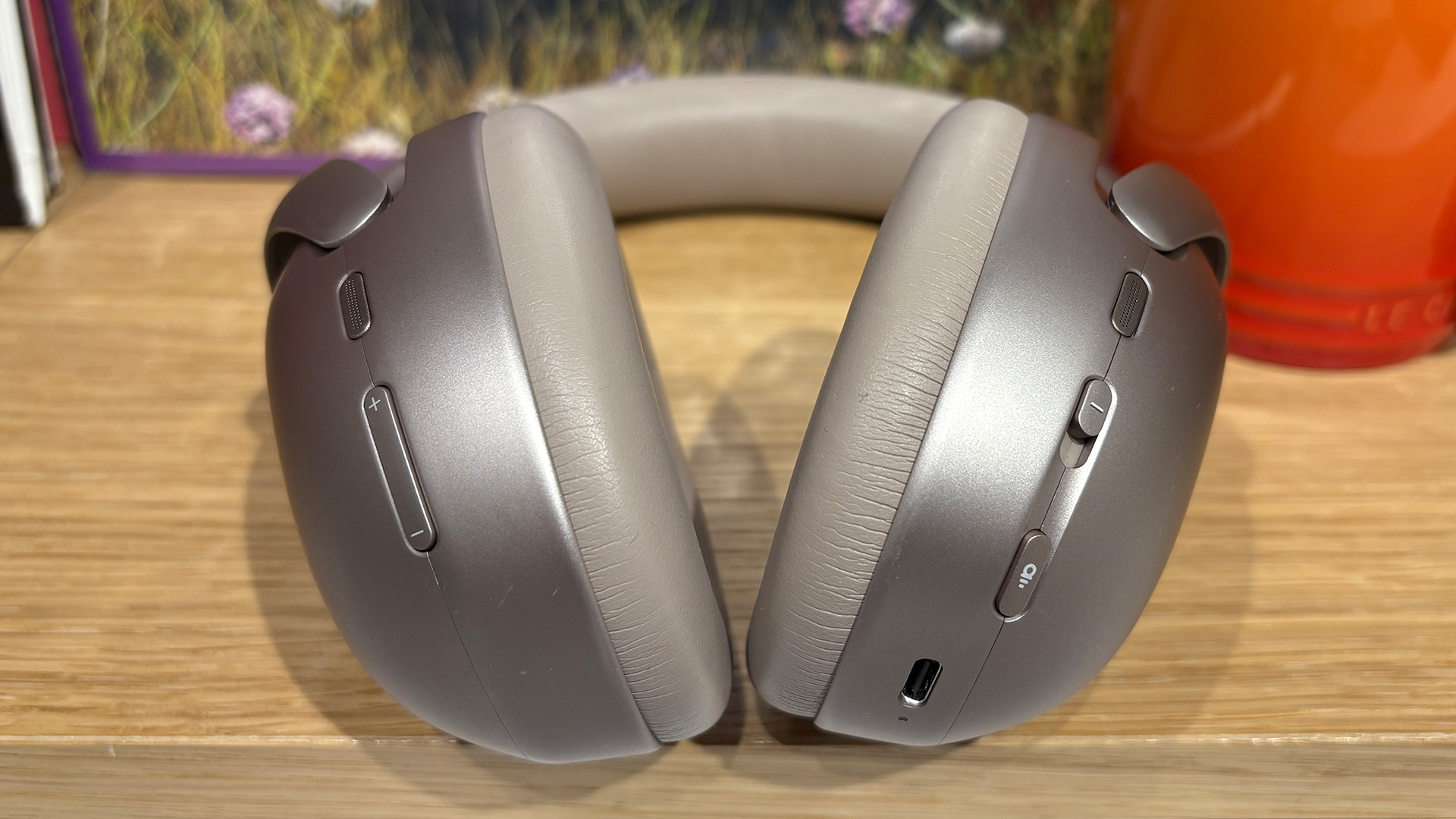
The JBL Tour One M3’s comfortable wearing quality is mimicked in their sound quality: their presentation is very pleasing, full-bodied and easy to get along with.
They have a cheerful disposition with very capable foundations: ample detail, a bouncy bass, clear highs and a smooth tone that we are happy to bop along to. It’s worth noting we prefer the sound when noise-cancelling is turned on; when turned entirely off, the sound is a touch thin and lacking body and punch.
The deep bass notes on Billie Eilish’s Bad Guy and You Should See Me In A Crown sound meaty and satisfyingly rich and punchy. There is no flab or lethargy to the tune, and no spikiness at the top end. The splashy ’80s synth opening bars of Phil Collins and Philip Bailey’s Easy Lover never make us wince; their shine isn’t too dulled, either.
There is a pleasing amount of space that means we never feel congested, even when rocking to some intense heavy metal or the relentlessly upbeat dance-pop of Dua Lipa at higher volumes. We spend an afternoon re-listening to the Hamilton musical soundtrack in full, with the original cast’s energy and dynamism coming through very nicely indeed.
There are times when we think the JBL could be more nuanced and have subtler textures – especially around instruments and with voices – and be more precise with timing. Voices (especially on podcasts) could be clearer and more natural-sounding, but overall the headphones have a capable, appealing sound that we find hard to poke significant holes in.
The Tour One M3’s main problem is that it is surrounded by some outstanding talent at this level. Both its Sony and B&W rivals are even clearer, more detailed, more rhythmically and dynamically proficient than the affable JBLs can offer.
The Sony XM6 dig even deeper into details – Billie Eilish’s vocals sound more nuanced and authentic, and are full of personality. The deep bass notes on her songs plunge even deeper and are pulled taut with precise control. Rhythmically, the music is more propulsive and involving; while bittersweet songs like Sparklehorse’s Eyepennies are even sweeter while pulling at your heartstrings with greater emotion.
The JBLs sound a little smoothed-out in comparison, and we wish they strayed from their typically crowd-pleasing presentation to fully let their hair down and push their own sonic boundaries further.
Verdict
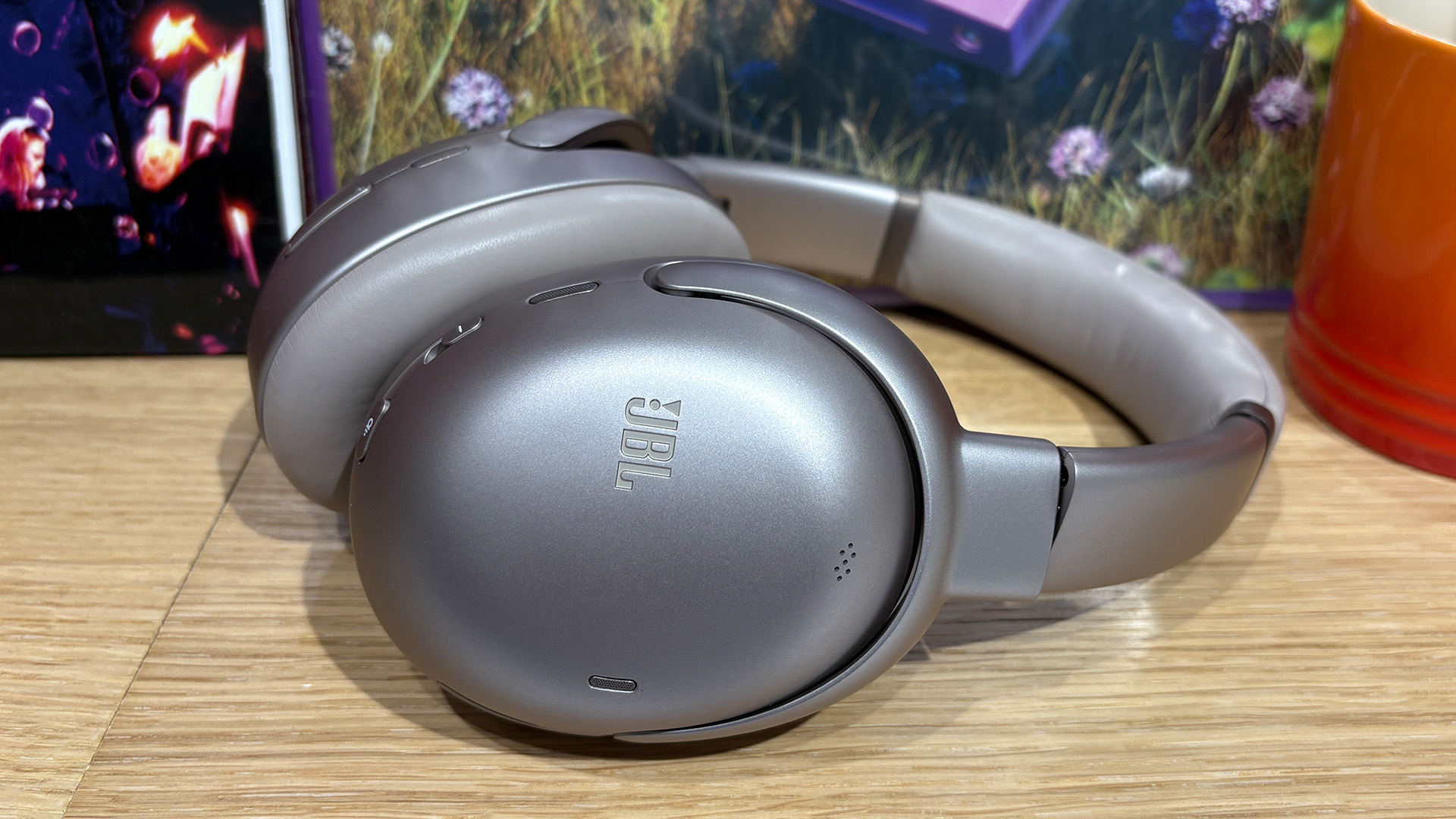
The JBL Tour One M3 are headphones that are very easy to live with. They may not look as luxurious or perform as exceptionally as their fierce rivals in this premium wireless headphones space, but they are comfortable, nicely portable and perfectly pleasant to listen to.
There are some quirks in their design and features that we’d expect to be more slick for headphones at this level, and the Smart Tx transmitter’s use case is rather niche.
Still, while JBL has some catching up to do in all performance areas to trouble the best-in-class models, the Tour One M3’s friendly, rich and punchy sound will find plenty of fans.
Review published: 24th July 2025
SCORES
- Sound 4
- Features 5
- Comfort 5
MORE:
Read our review of the Sony WH-1000XM6
Also consider the Bowers & Wilkins Px7 S3
Read our Bose QuietComfort Ultra Headphones review
Best over-ear headphones: wired and wireless pairs tested by our in-house experts

Kashfia is the Hi-Fi and Audio Editor of What Hi-Fi? and first joined the brand 13 years ago. During her time in the consumer tech industry, she has reviewed hundreds of products (including speakers, amplifiers, turntables and headphones), been to countless trade shows across the world and fallen in love with hi-fi kit much bigger than her. In her spare time, Kash can be found tending to an ever-growing houseplant collection and shooing her cat Jolene away from spinning records.
- Ketan BharadiaTechnical Editor
- Andy Madden
You must confirm your public display name before commenting
Please logout and then login again, you will then be prompted to enter your display name.
